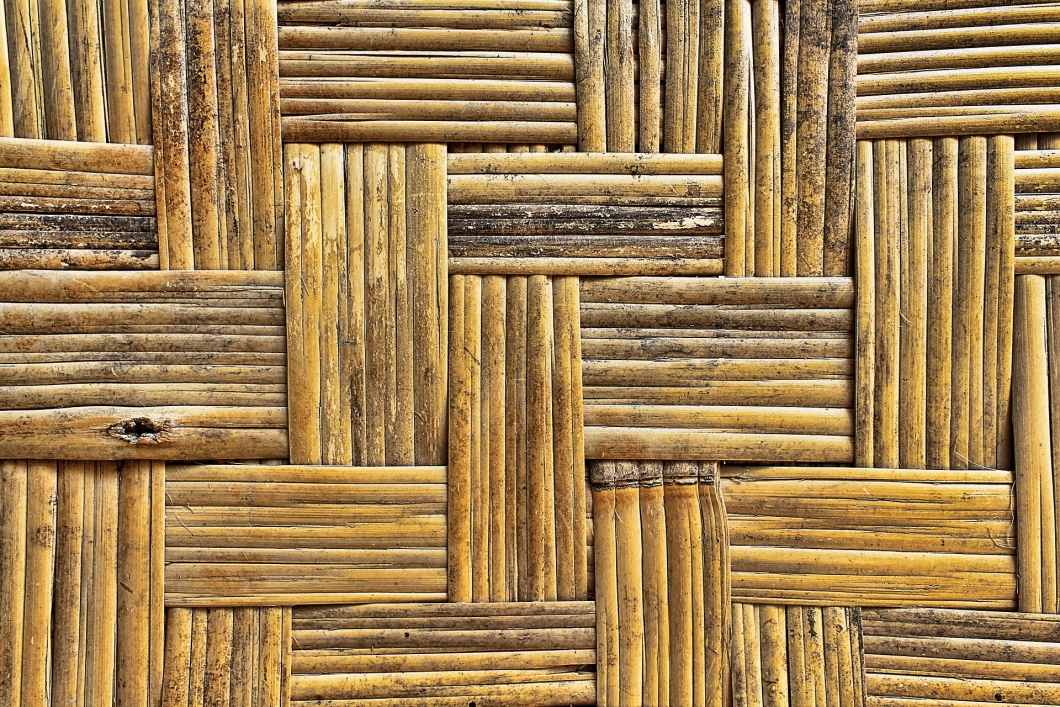Given the world’s growing concern for the environment and the gradual depletion of fossil fuels and mineral deposits that are widely used in construction projects around the globe, it should come as no surprise to find out that we are on the verge of a sustainable revolution that is posed to impact upon our way of living and our economies in the years to come. To put it bluntly, the future of our planet will very much depend on our readiness to endorse a more sustainable lifestyle, from reduced CO₂ emissions and responsible recycling to the employment of environmentally friendly solutions for building and powering our homes.
Increasing the energy efficiency of a house is not solely guided by concerns for environment preservation, but also by the desire to optimize one’s home energy consumption and make it more cost-efficient. Thus, knowing beforehand which building materials will better serve the goal of erecting an energy efficient structure.
Although somewhat expensive in the beginning, integrating high-end energy efficiency building materials will result in lower costs associated with heating and cooling the house. Hence, the use of ‘green’ materials should be perceived as a wise long-term investment rather than an unreasonable expense, that will pay itself off in the coming years.
Recycled Steel
By simply replacing the traditional wood beams with steel ones to make a steel building, that can be easily customized according to owner’s preferences in terms of house design and durability expectations, one can optimize the framing process during construction. According to the Steel Recycling Institute, a 200 square metres house would require around 50 trees in order to be built, while a recycled steel based frame can source its steel from six scrapped medium sized cars. It is estimated that the scrap recycling alone reduces the energy required for steel production by 75%, which in turn leads to lowering carbon emissions.

Cotton Insulation
In contrast to traditional fiberglass insulation, the cotton one proves safer and eco friendlier since it does not contain formaldehyde. As the name suggests, this type of insulation is made of natural and/or recycled denim products, which gives it a bluish color. The cotton insulation’s resistance (R-Value) to heat flow is not much lower than the R-Value of fiberglass, which makes it a suitable replacement for conventional insulation coatings. Although it is somewhat harder to fit a cotton based insulation into the walls compared to fiberglass products, once it is put in place it will boast the similar to fiberglass insulating properties.
‘Energy Star’ Windows
Energy Star windows known otherwise as low emissivity (Low-E) windows, due to a resistant coating that emits low levels of radiant heat these windows are covered with, are another way to help you reduce your house energy needs by optimizing the use of sunlight. This type of windows are able to minimize the amount of ultraviolet light that passes through without undermining the intensity of the visible light. Whilst more expensive than traditional windows, the Low-E windowpanes will improve the overall energy and heating performance by reducing the costs for heating, cooling and lighting.
‘Energy Star’ Roof Tiles
As it is the case with Energy Star windows presented above, the Energy Star roofing employs a similar heat resistant principle. The tiles coating reflects most of the sun rays and heat, hindering the heat transfer process. In doing so, a heat resistant roof like these can help you cut your electricity bills, given that you’ll get to spend less on cooling the building. In addition to this, you might want to consider roof tiles that are made of recycled rubber or plastic, that are not less efficient than traditional tiles, but are more eco friendly.
Bamboo Floors
Floors that are made from bamboo are a more sustainable choice over the oak or maple ones, in that it takes up to 3 years for a bamboo tree to fully grow, compared to 60 or even 100 years for an oak tree. If one is looking to improve the durability of his/her floor, strand bamboo might prove a perfect choice once again. It is made by compressing bamboo fibers under high heat and pressure, which doubles its strength, making it harder than oak. Since it looks and feels like real wood, being even denser than many wood products, bamboo is a perfect material for assembling a nice looking and lasting floor.
By actively endorsing the use of eco friendly building materials, you’ll not only lay the foundation for leading a more eco conscious lifestyle but will further promote the wider application of recycled products and renewable energy technologies for construction purposes, making it more appealing for the masses.
Written by http://www.greenmatch.co.uk/

